Welcome to Oualata, or as some say, the most beautiful city in Mauritania. Here, where the famous Ibn Battūta once stayed, lies the country's most secluded world heritage site. The ksar is located in the southeast, in the Hodh Ech Chargui region, east of the Aoukar Depression. In the 14th century, Oualata was one of the most important cities of the Trans-Sahara trade and also an important religious center. Furthermore, the city was a popular starting point for Hajj pilgrims. But even today, the numerous richly decorated adobe buildings bear witness to former wealth. Wall paintings and ornaments on doors and house walls are style-defining for the 14,000-inhabitant town in the southeast. These are by no means meant to be merely decorative; rather, they are said to have magical significance. The historically interested visitor might be interested in a visit to the Manuscript Museum. Also worth seeing are the mosque and the nearby cemetery of Tirzet. By the way, Oualata is still very lively. In addition to the market and local trade, there is still an important Koranic school, which, however, as an elitist institution is only open to a small circle of students of 20 new people per year. Oualata is one of the highlights of our two-week southern tour. On site, both a camel tour and a 4x4 trip into the surrounding area can be easily organized. By the way, despite its importance, Oualata is by no means overrun by tourists. So be sure that the inhabitants will find your stay an event.
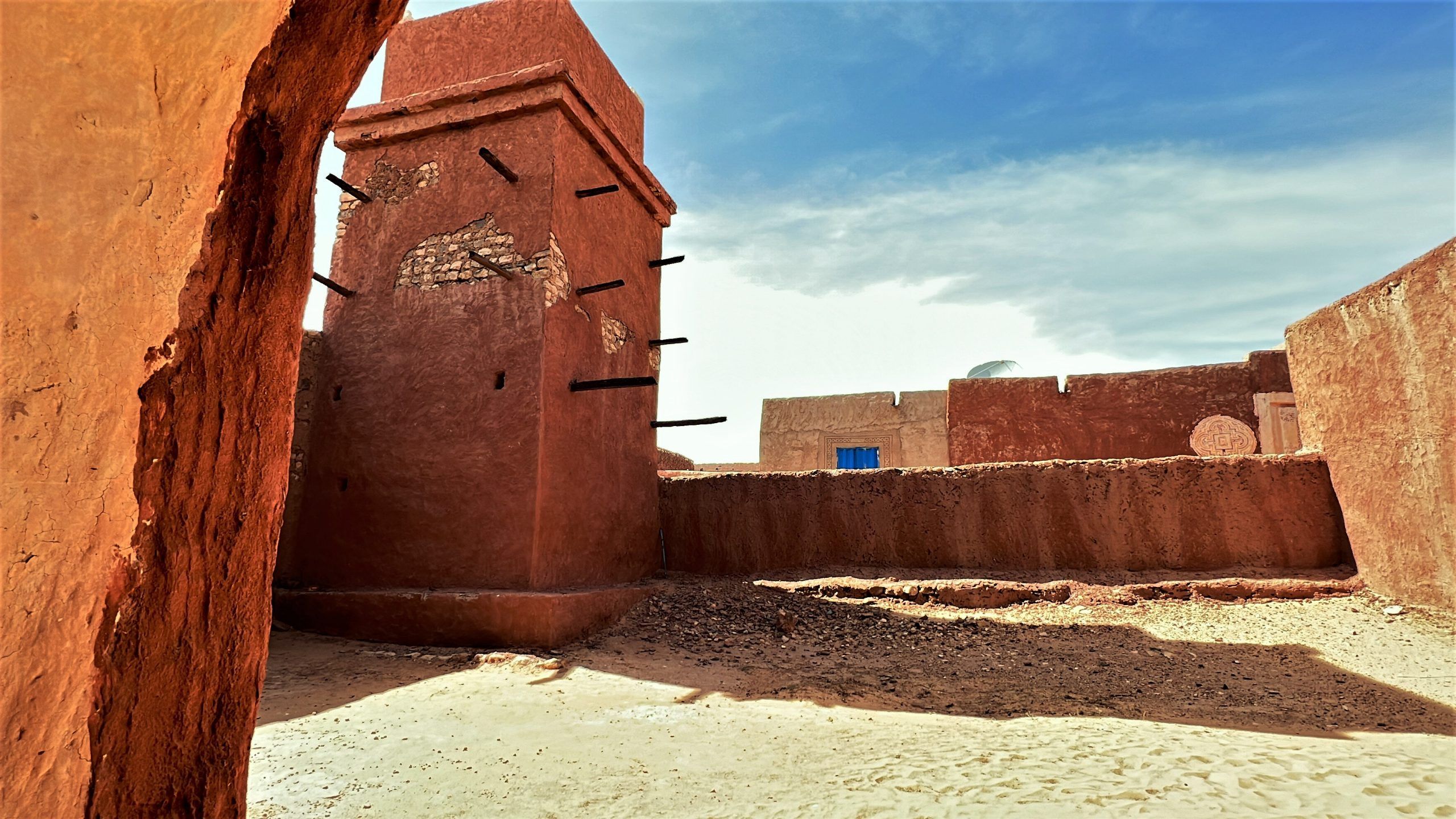
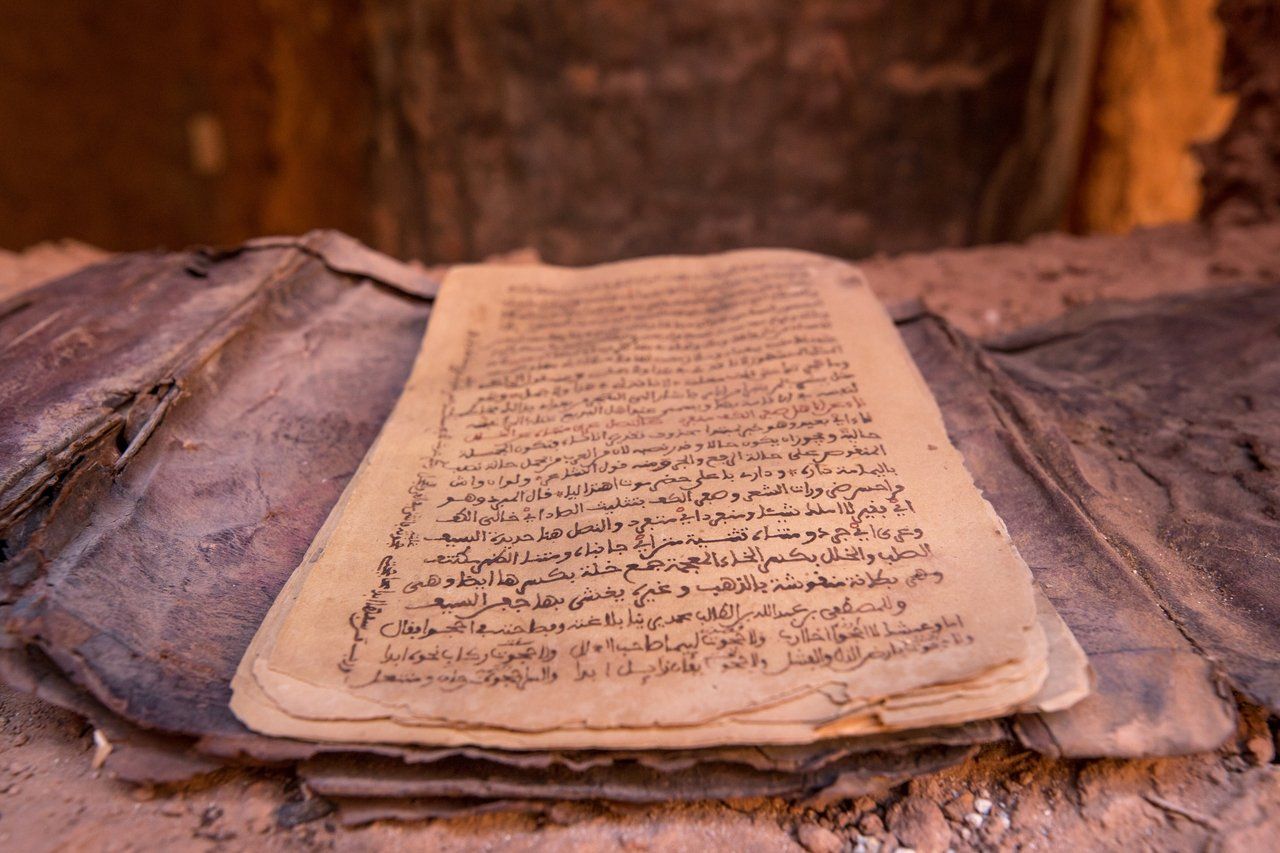
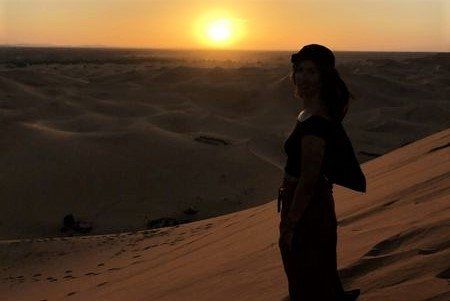
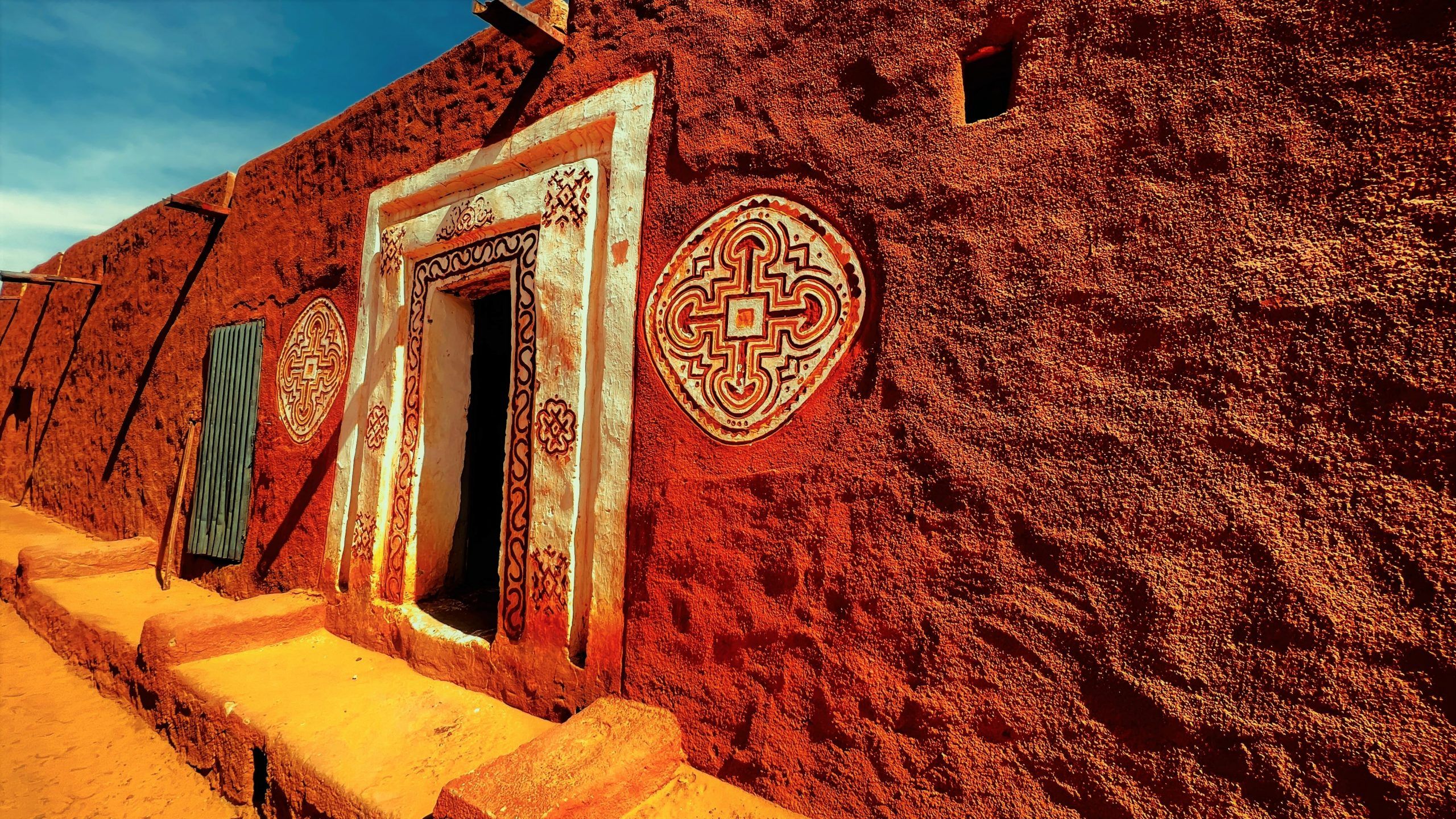
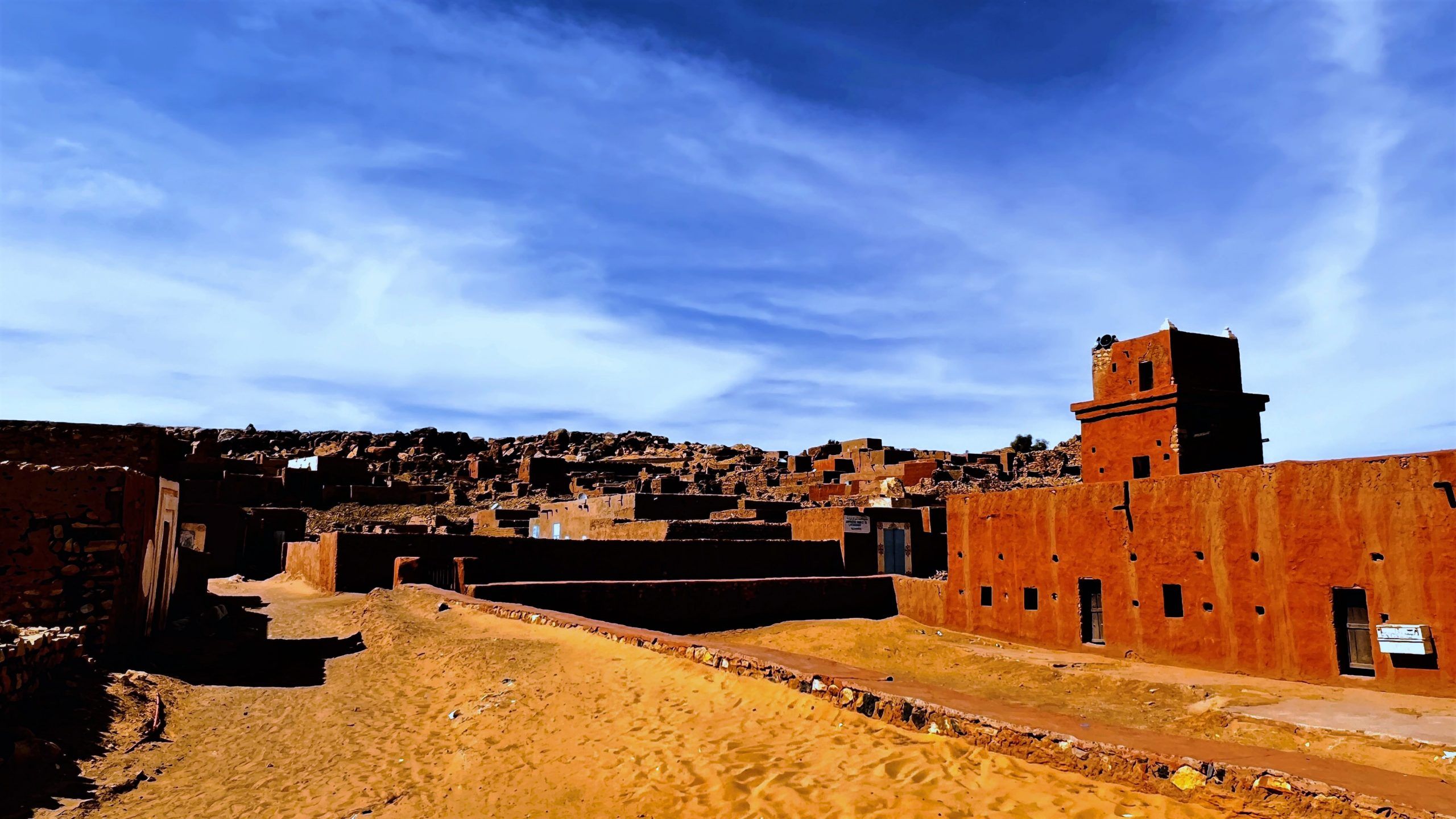
The culturally most important city in Mauritania's south has had many names in the course of its long and eventful history. Walāta, Guelata, Iwalatan, Oualet and also Bīru. Along with Chinguetti, Ouadane and Tichitt, Oualata has held UNESCO World Heritage Site status since 1996. Long before the city was founded, the Dār Oualata, as part of the Tichitt culture, was the site of thousands of years of settlement on the edges of the Aoukar Depression. Arrowheads and rubbing bowls can still be found in the area today. Finally, Oualata was probably founded in the 7th century as part of the Ghana Empire. Unlike the cities in the Adrar region, Oualata was never in the Almoravid sphere of influence and was instead much more influenced by its proximity to the Mali Empire. Woven into a network that stretched culturally and economically from Timbuktu to Tunis, the town was one of the most important in trans-Saharan trade, at times even a small kingdom of its own. The trade of gold, salt, dates and clothes but also slaves was carried out here. The wealth attracted scholars and pilgrims who started the Hajj to Mecca from here. It took 6 months by camel. Good reasons, then, for the famous traveler Ibn Battūta to settle here for 55 days and praise the inhabitants and the wealth of Oualata in his writings.
However, just as Oualata's rise was linked to Aoudaghost's decline in the 13th century, Oualata found his successor in Timbuktu just two centuries later. As early as 1510, the diplomat Leo Africanus wrote that Oualata now consisted of barely three inhabited villages. The city experienced a renewed flourishing in the 17th century, when Tichitt and Tidjikja were also founded. The final loss of influence then occurred through the Route de l'Espoir - Néma henceforth took its place as the most important city in eastern Mauritania.
Now much of the former splendor lies buried in the sand. But the medallions, ornaments and wall paintings on the doors and walls of the mud-plastered houses are still charming and give the hillside town its unique appearance. The Manuscript Museum, the mosque and the cemetery of Trirzet are also interesting for visitors. Oualata, by the way, is still very much alive. The last census showed almost 14000 inhabitants, and there is still an important Koranic school, which is open only to a small circle of students. 20 international students are admitted annually.
Exciting trips can be made in and around Oualata. The area is fascinating and can be explored by camel. We can also arrange 4x4 tours. Due to its remoteness, the area around Oualata has far fewer tourists than the Adrar region. So your arrival is likely to be a special feature. A planned two-week route leads from Nouakchott via the Tagant region with Tichitt and Tidjikja to Oualata, then back via Néma and the cities of the south.